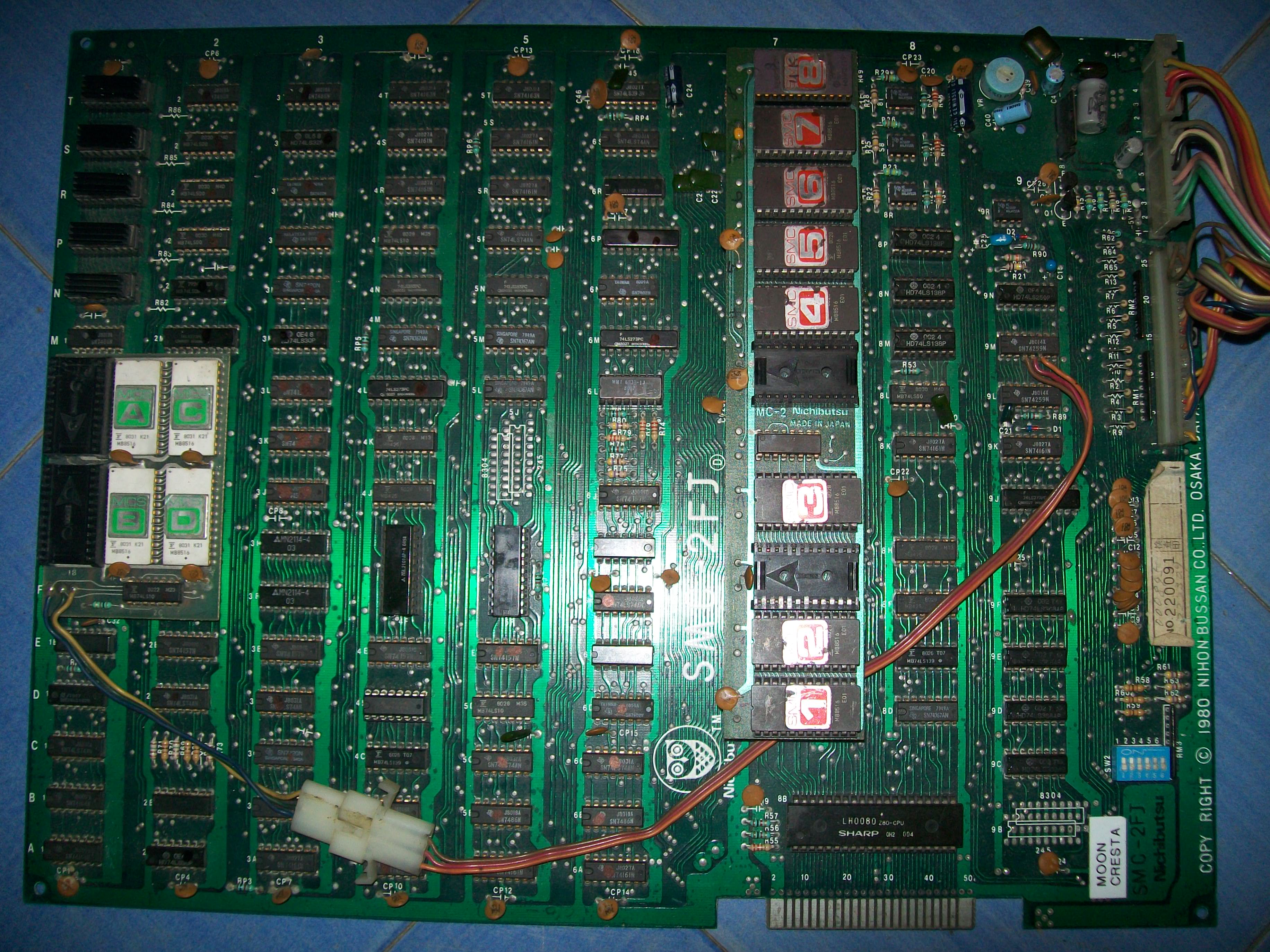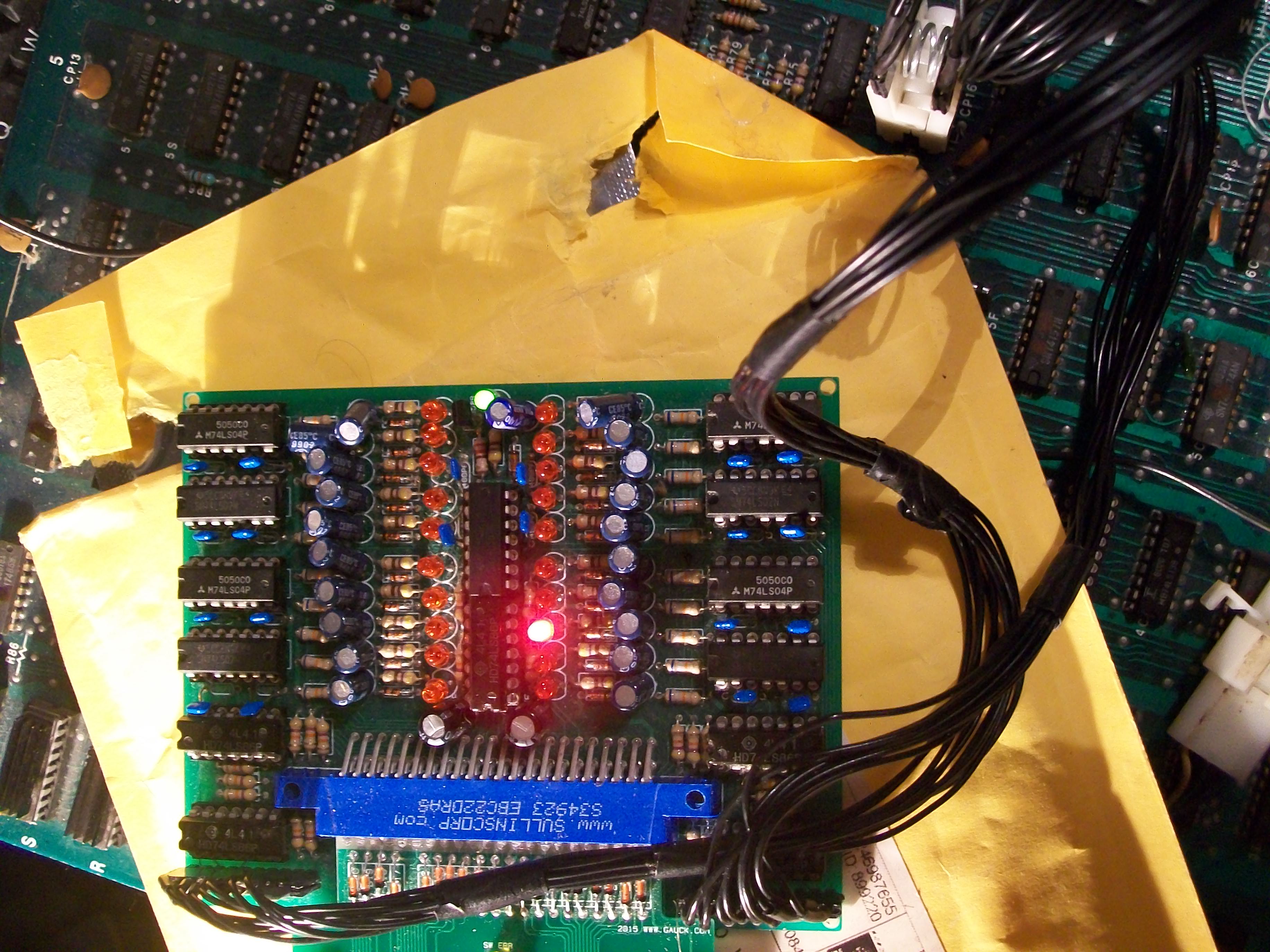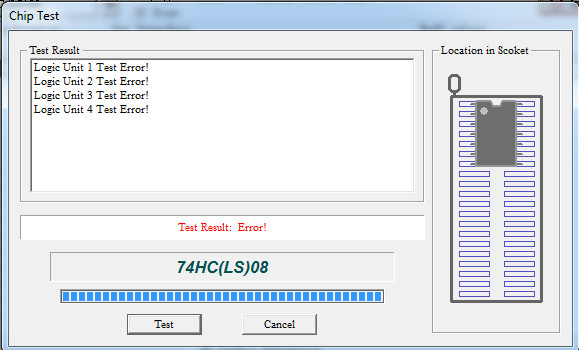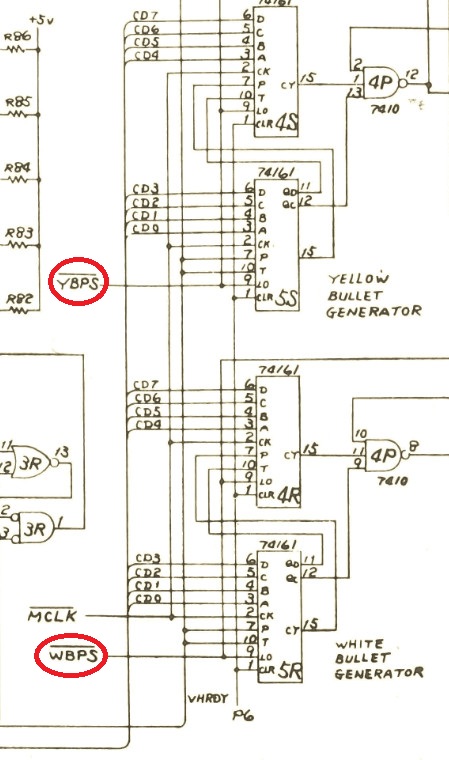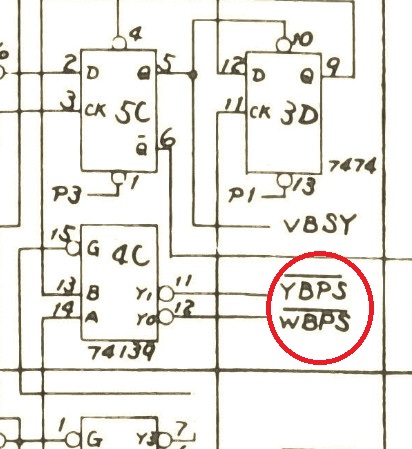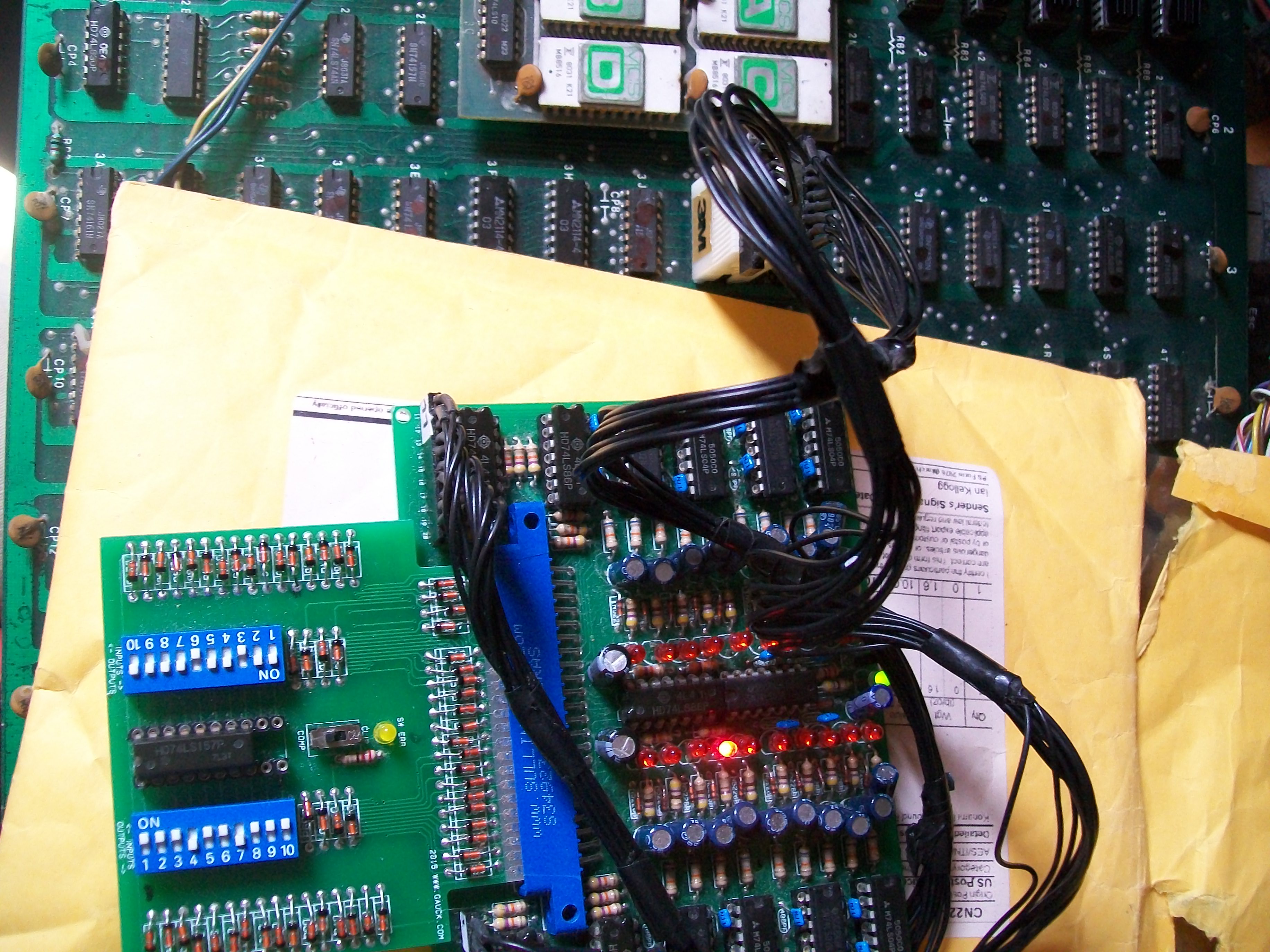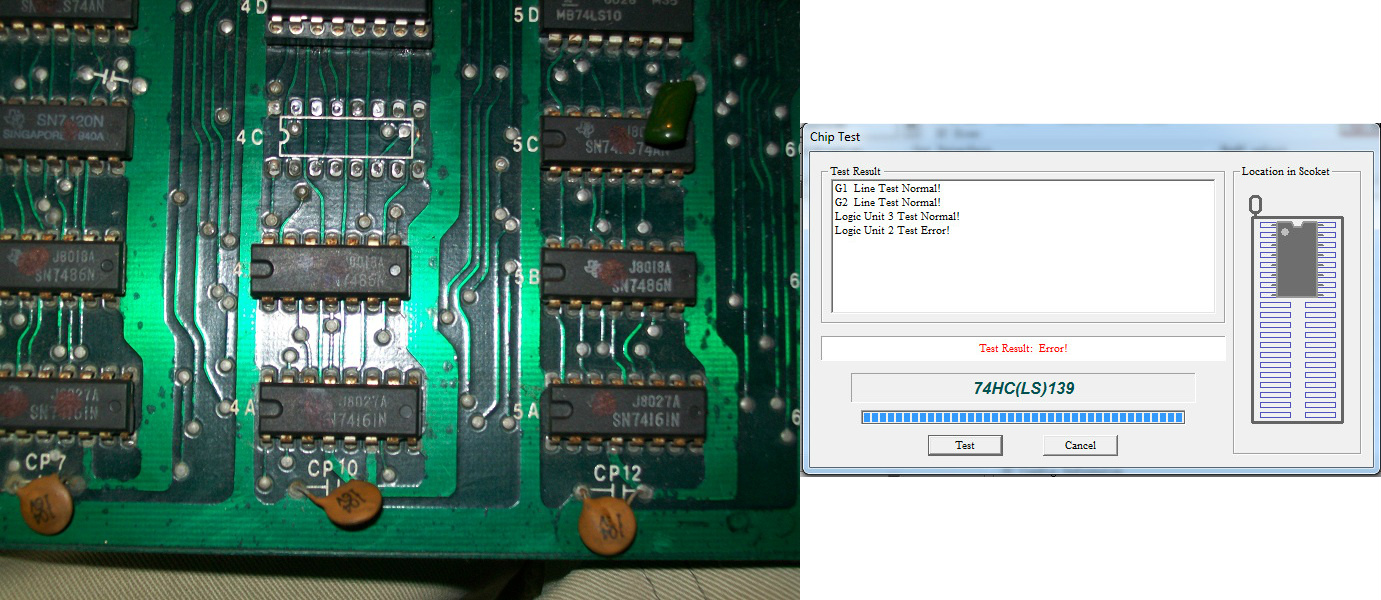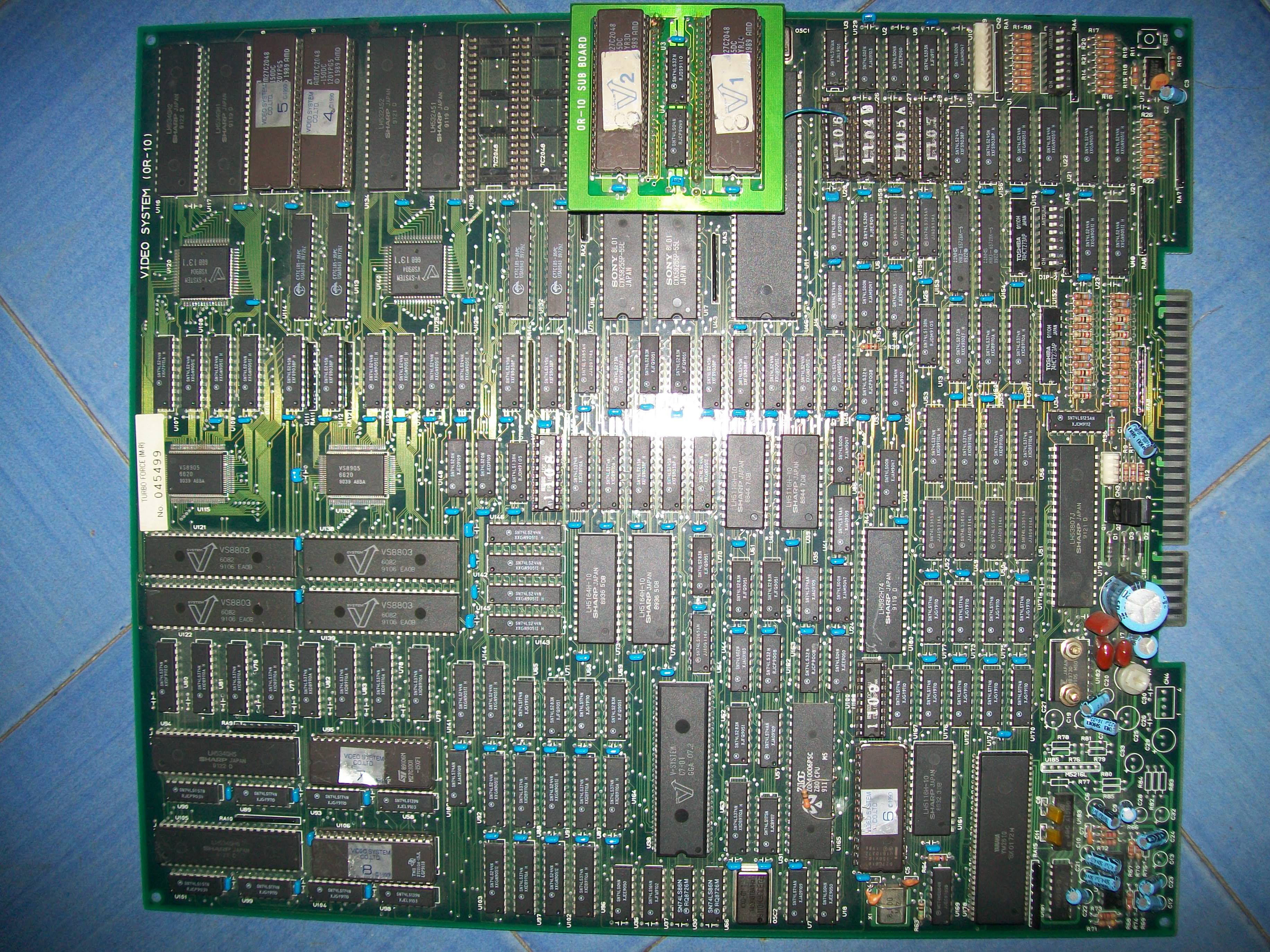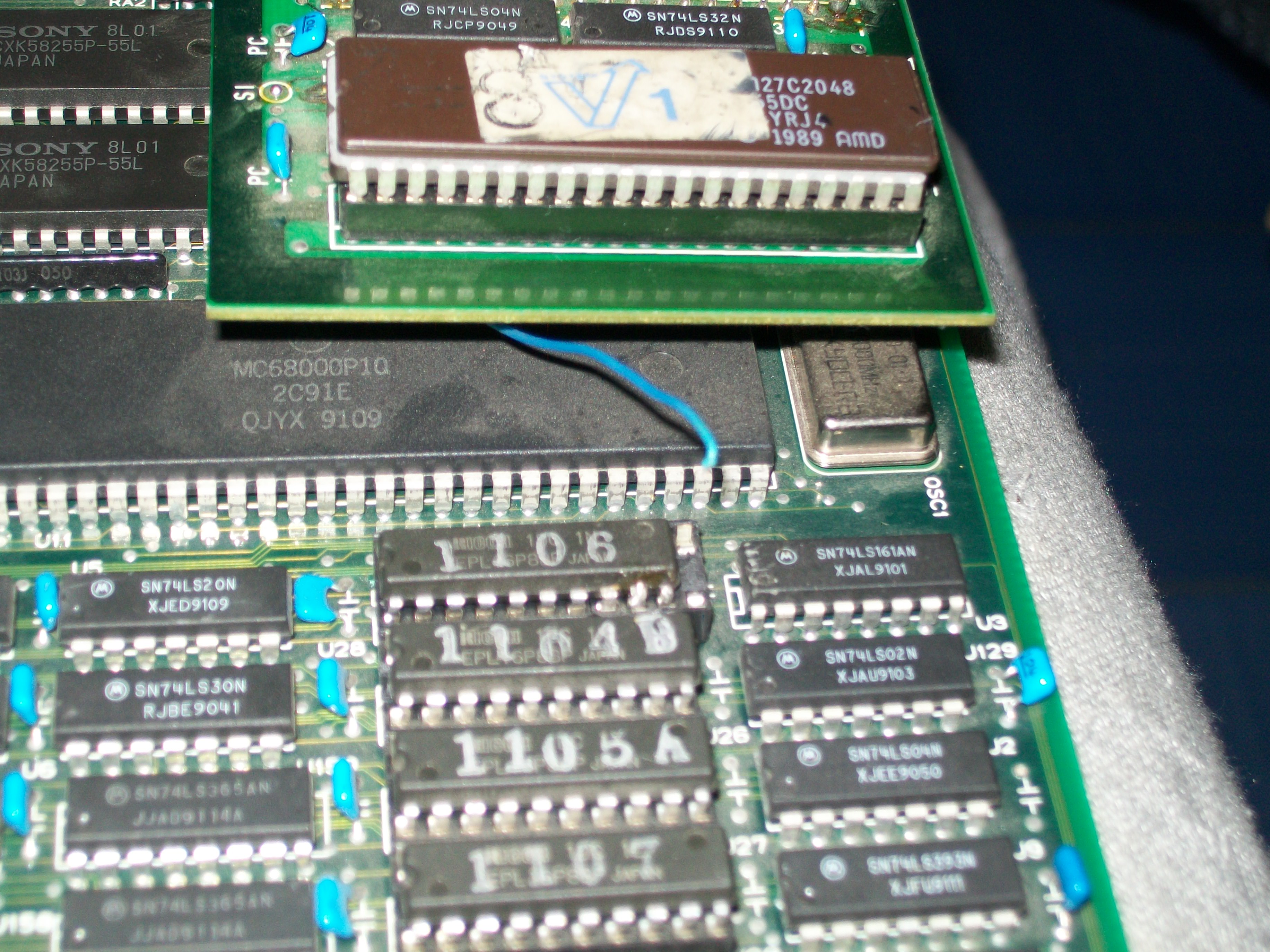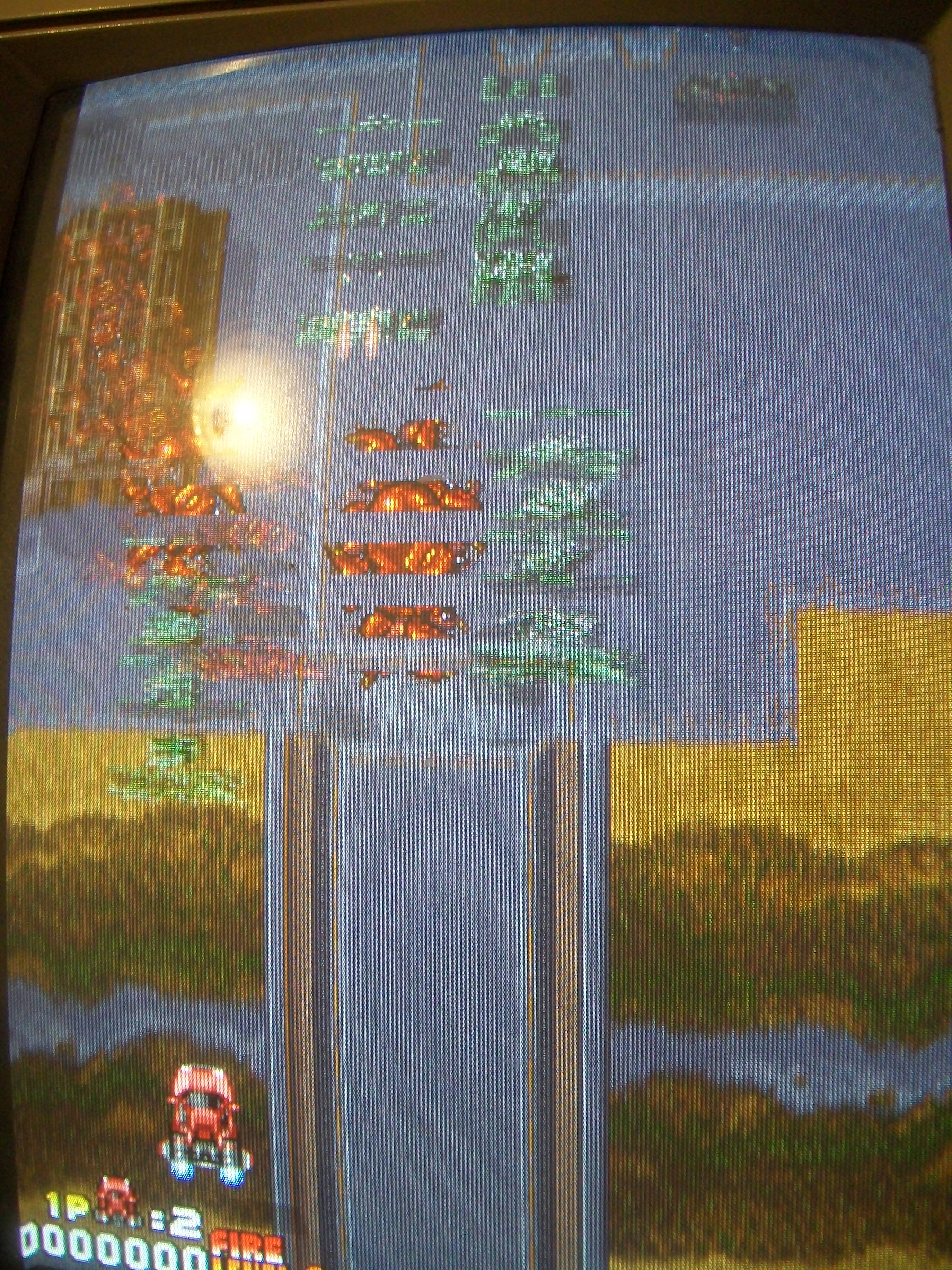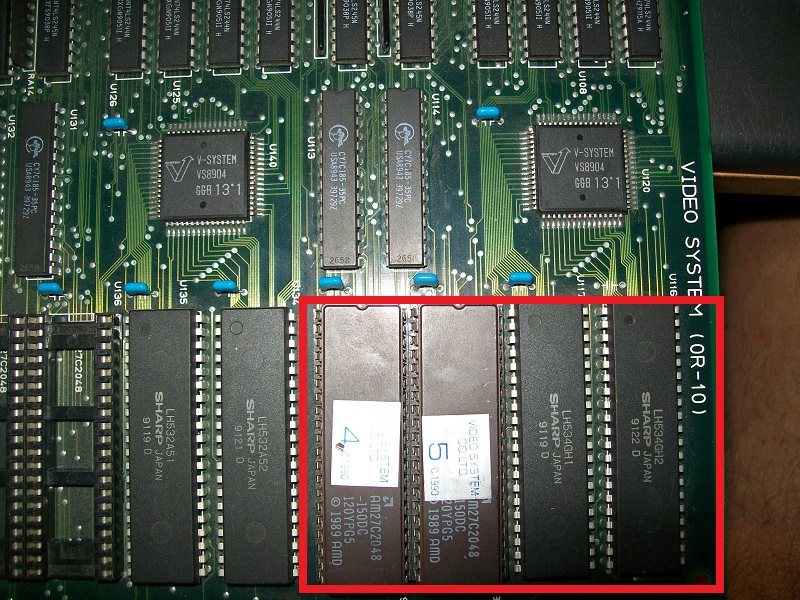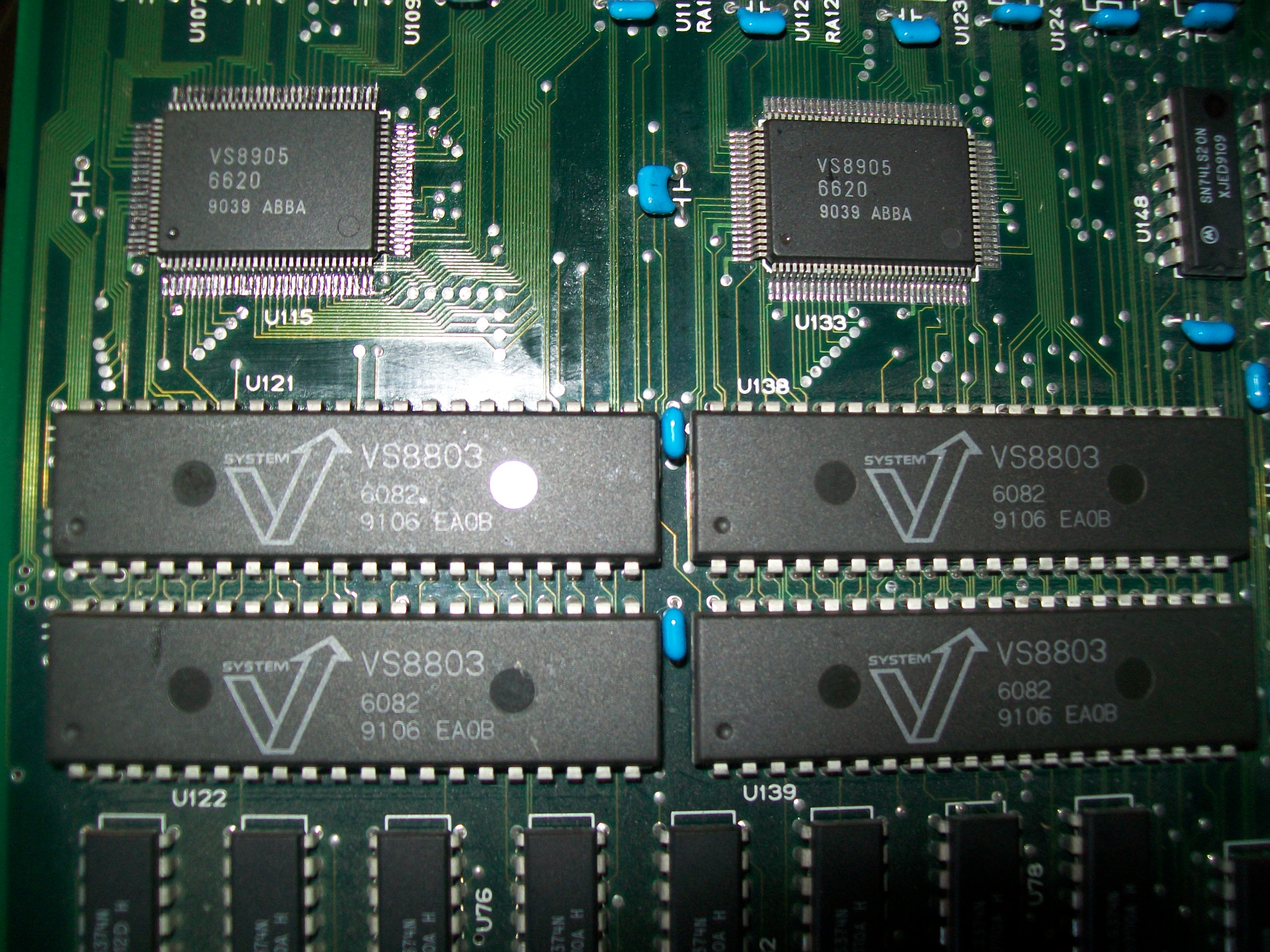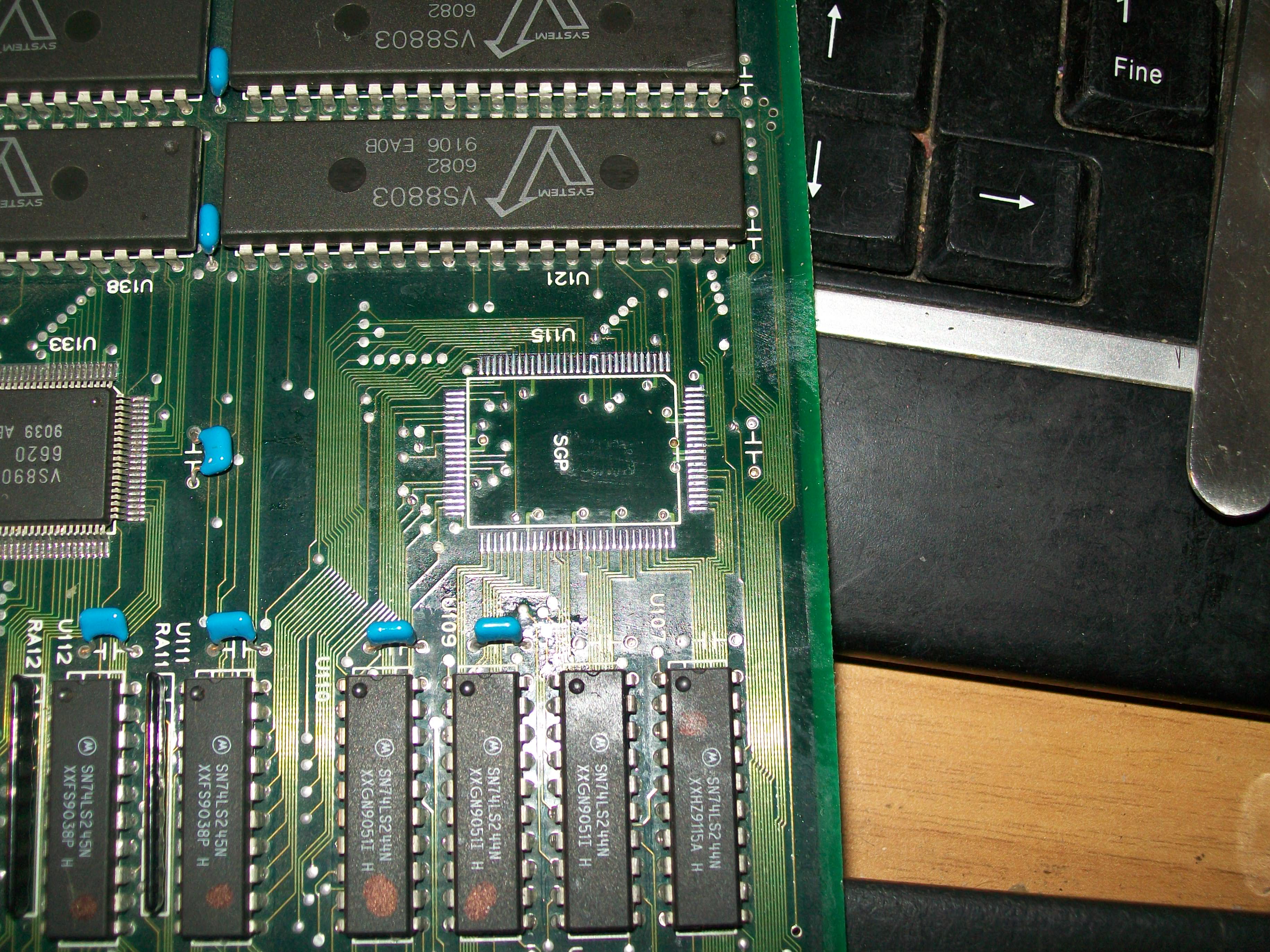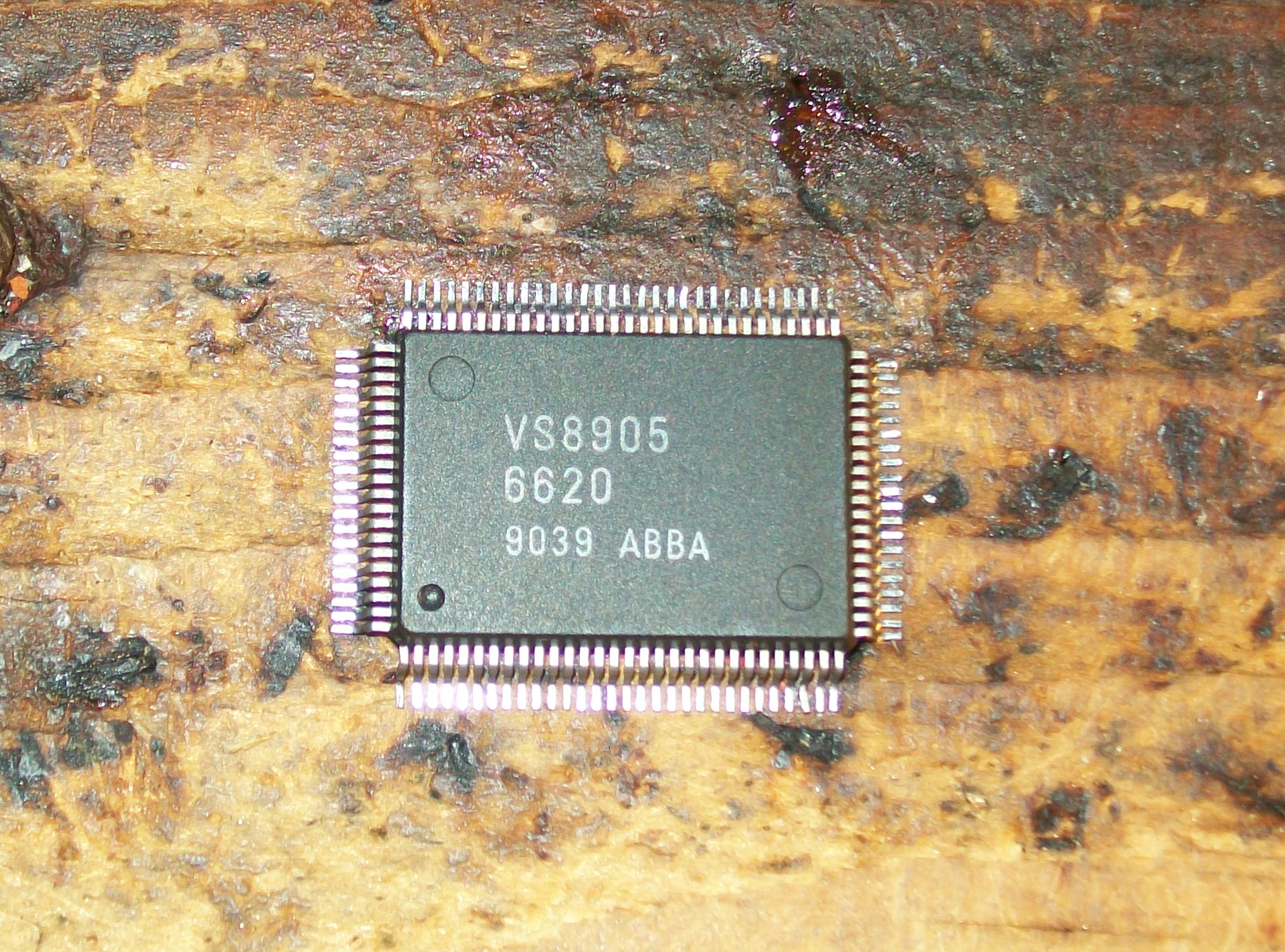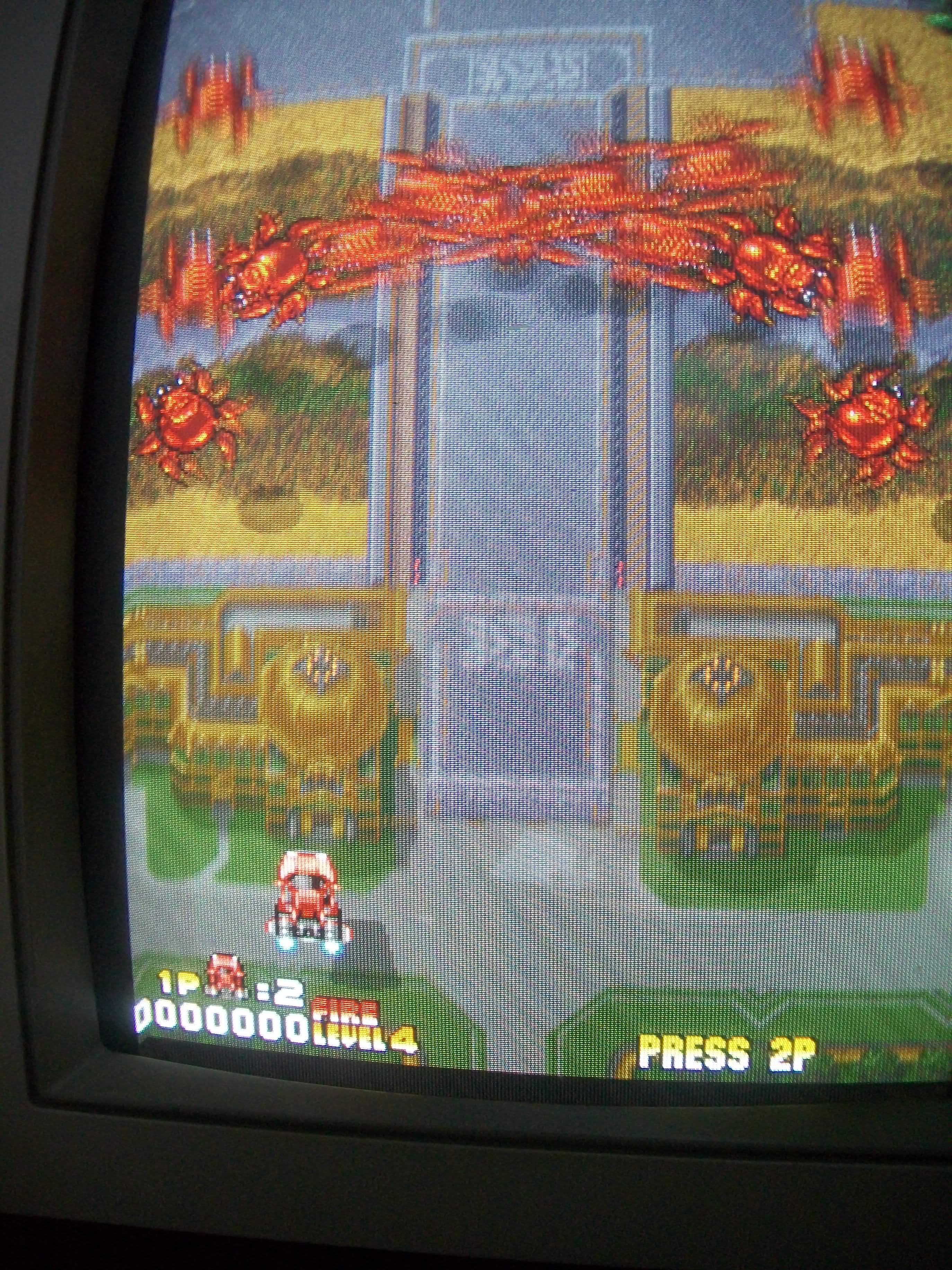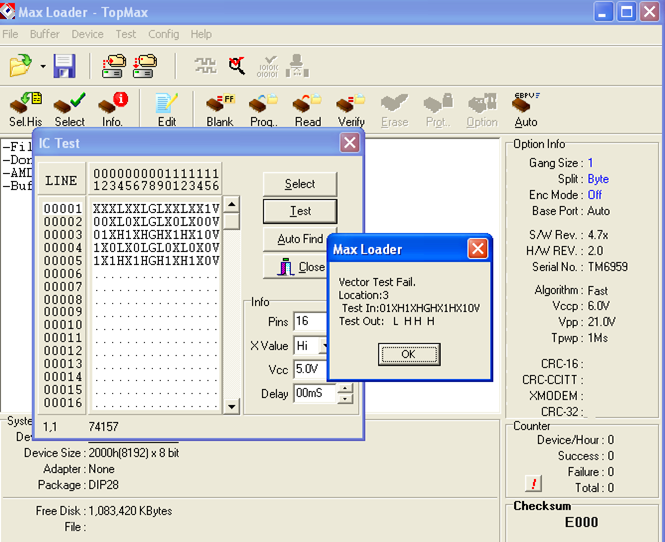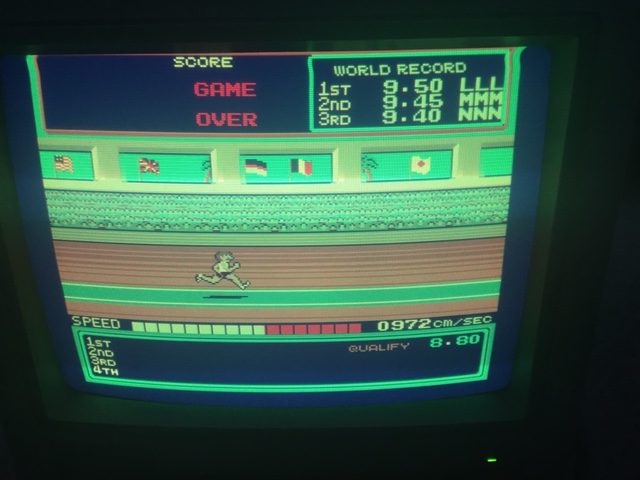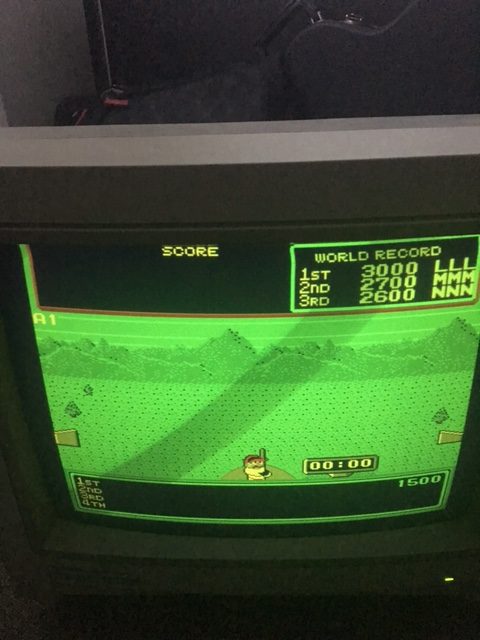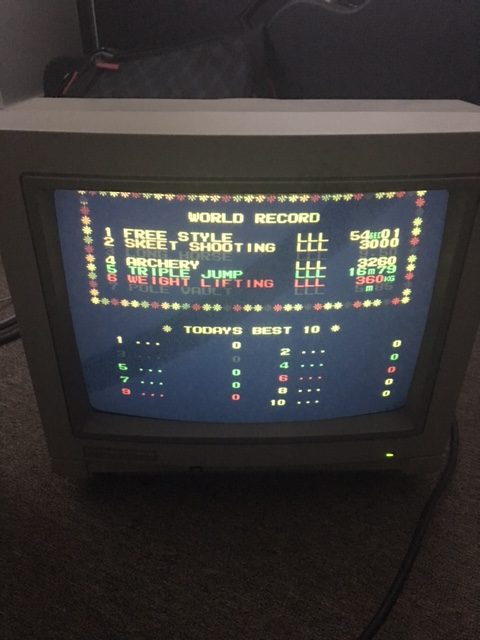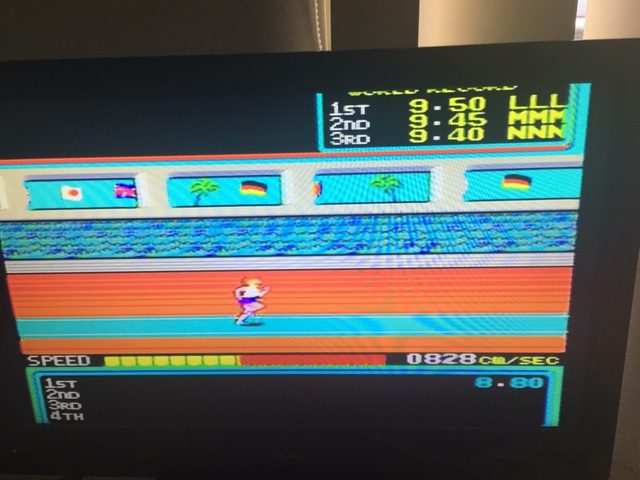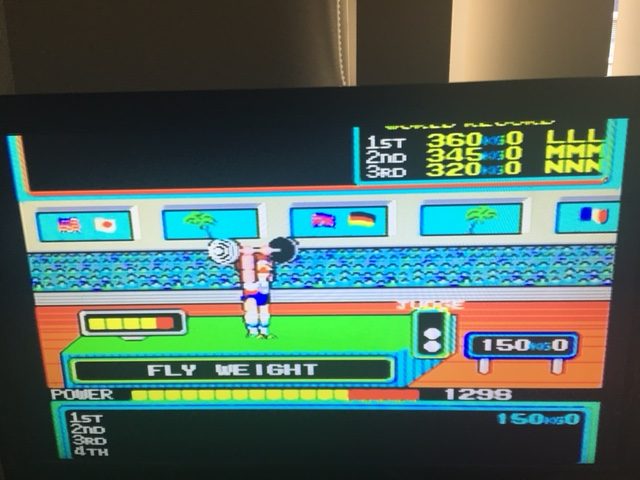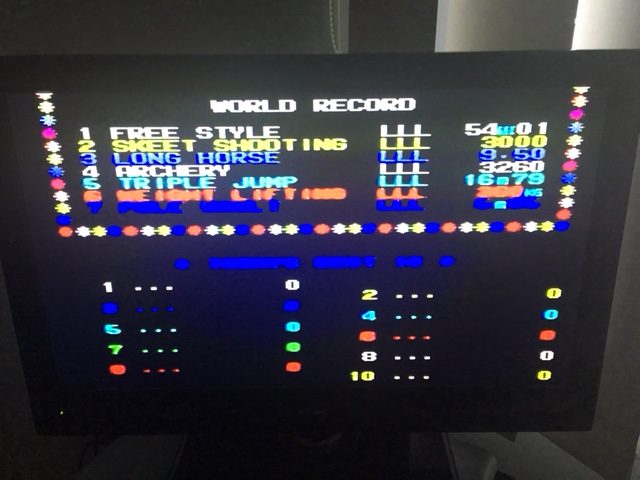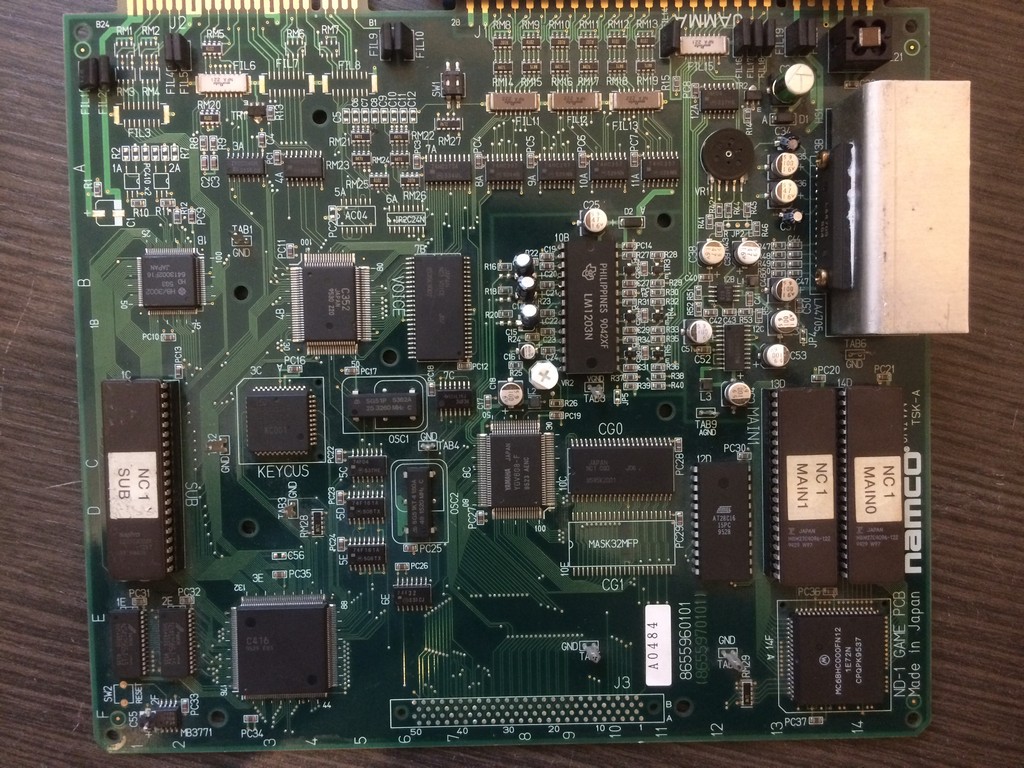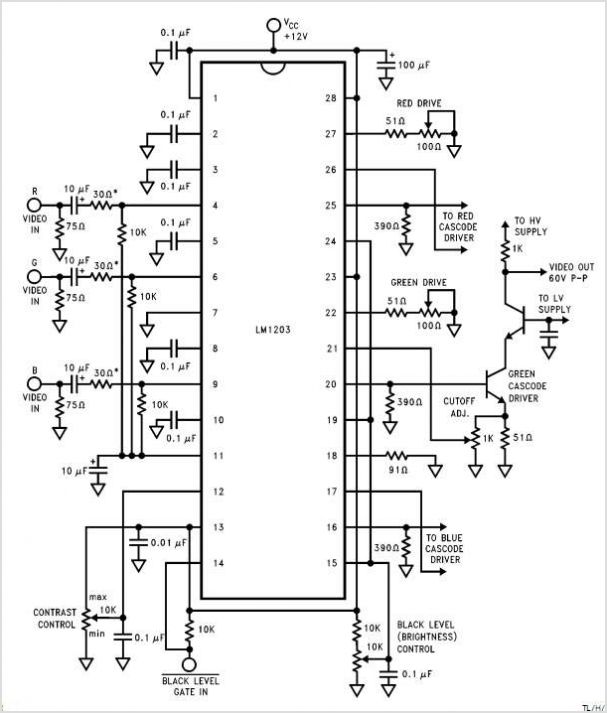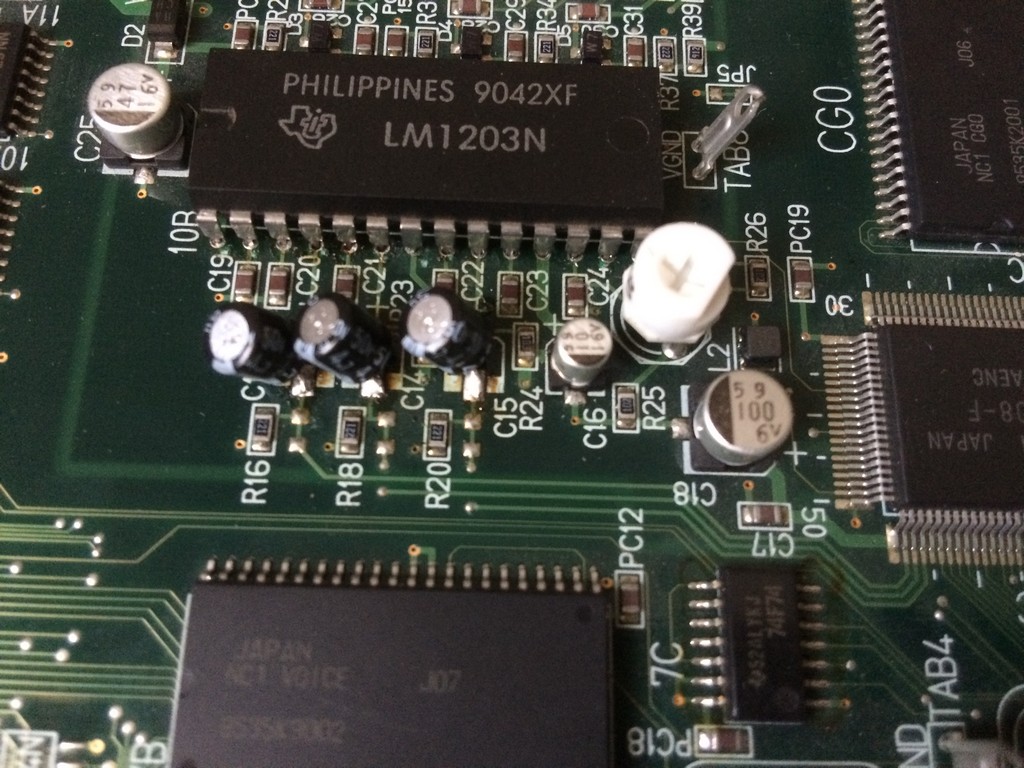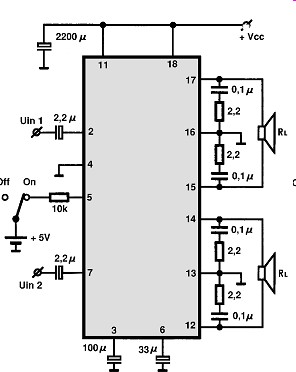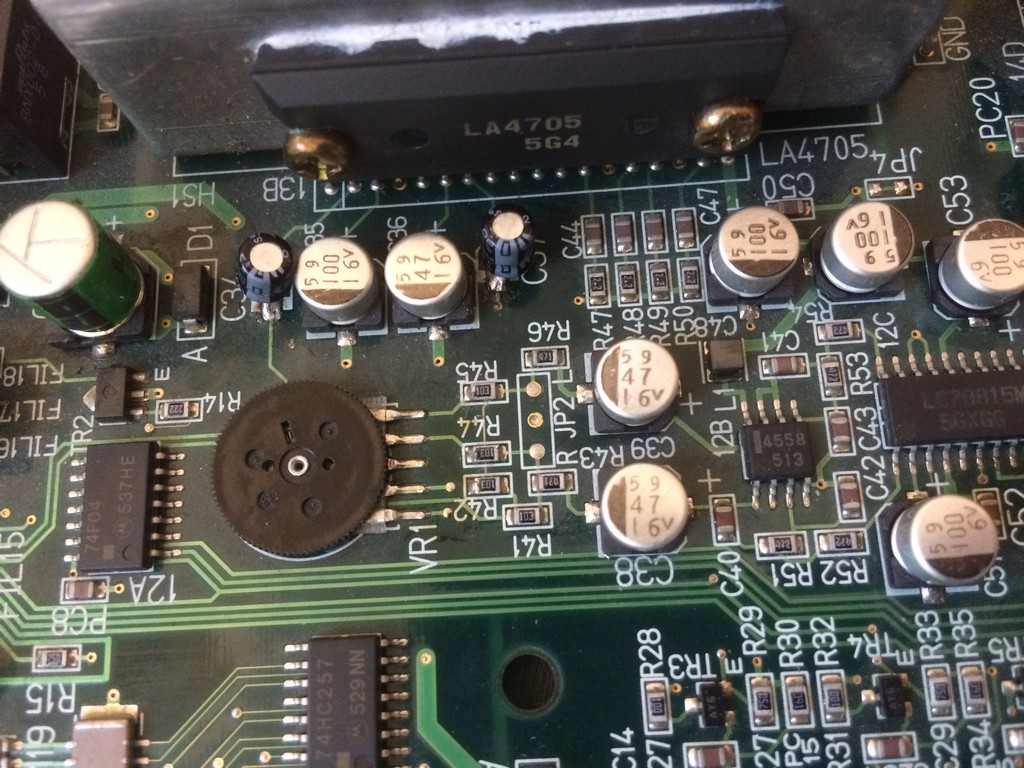I received some days ago an Ordyne PCB for repair.Game runs on a powerful system called “Namco System 2” made of a CPU board:
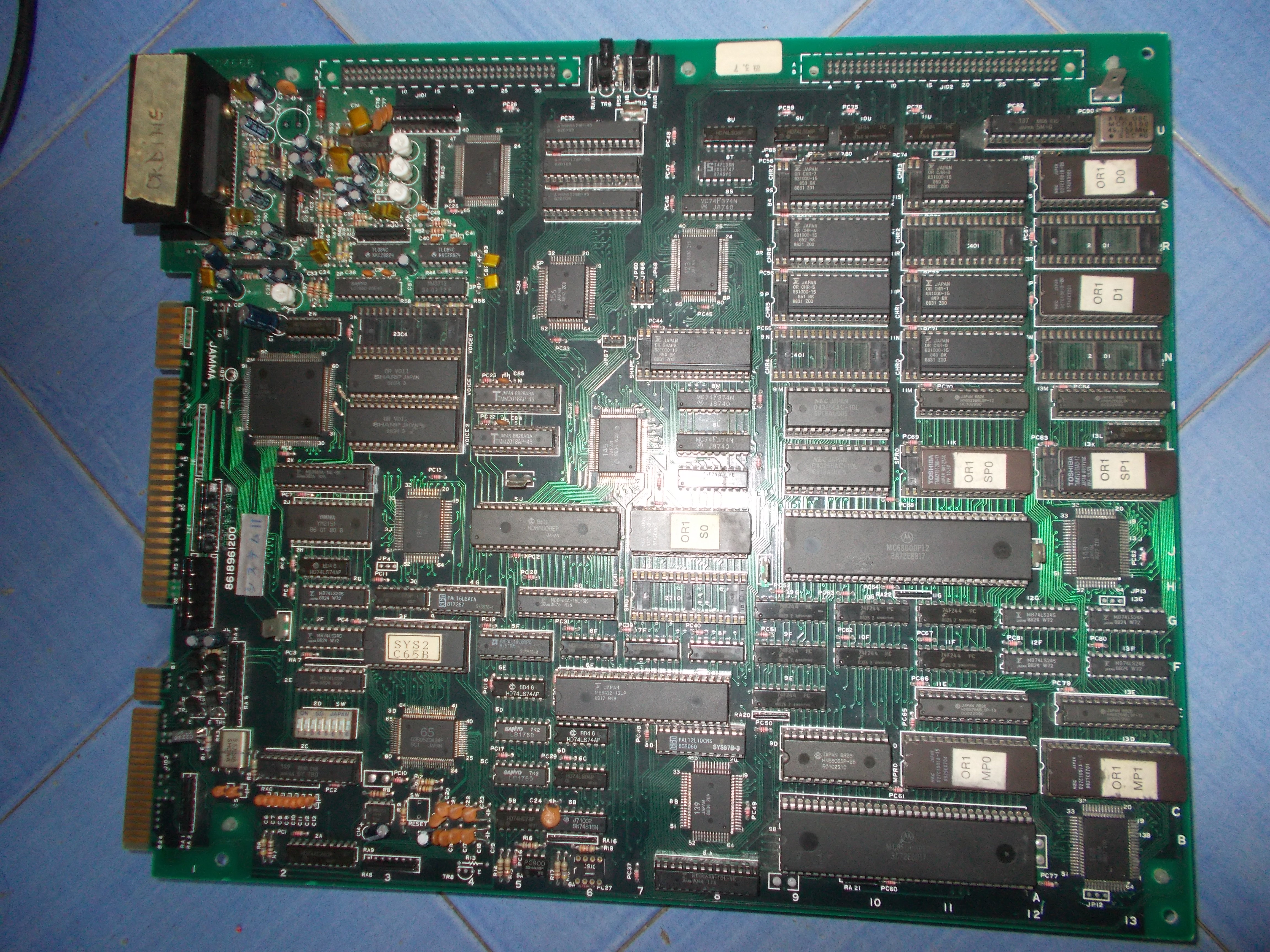
and a VIDEO board:
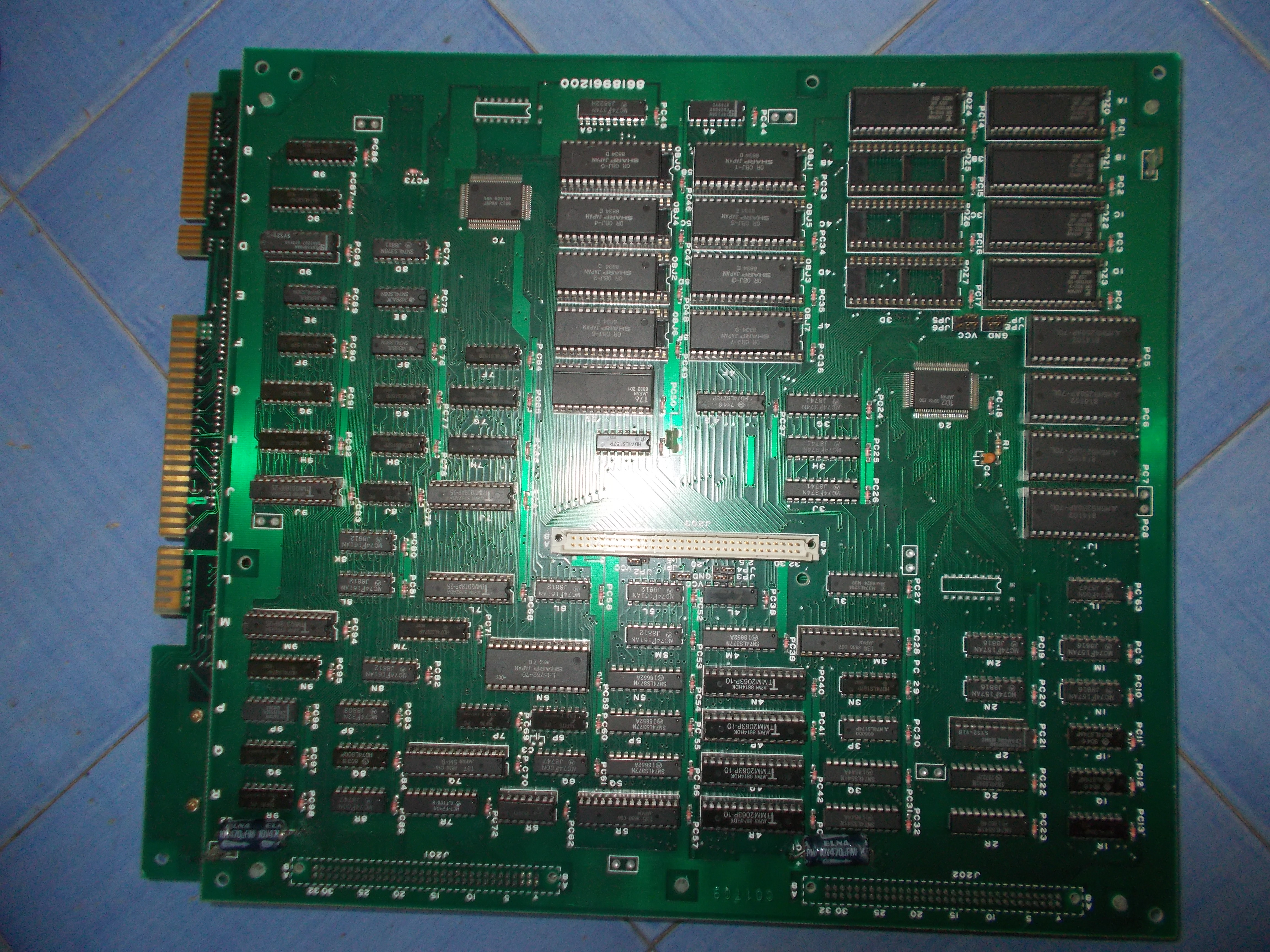
Here are some specs:
- Main CPU: Motorola 68000 @ 12.288 MHz (16/32-bit instructions @ 2.1504 MIPS )
- Sub-CPU: Motorola 68000 @ 12.288 MHz (16/32-bit instructions @ 2.1504 MIPS)
- Sound CPU: Motorola M6809 @ 2.048 MHz (8-bit instructions @ 0.86016 MIPS)
- MCU:
- Hitachi HD63705 @ 2.048 MHz (8-bit instructions @ 2.048 MIPS)
- Namco C68 (Mitsubishi M37450) @ 8.192 MHz (8-bit instructions @ 1.024 MIPS)
My board was faulty since it was sitting after performing the SELF-TEST without reporting any error :
First of all I swapped a good motherboard but this didn’t lead to any improvement so the fault was located on VIDEO board.At a closer inspection I found some scratches on solderside of this board:
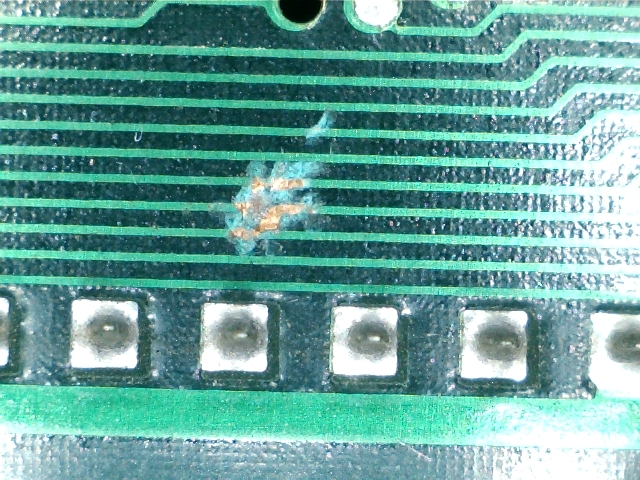
One trace was really severed, it was the one connected to pin 9 of the KEY custom ‘176’.Problem was caused due the board has been crushed under some weight hence solder sides of the two boards were touching and scratching each other:
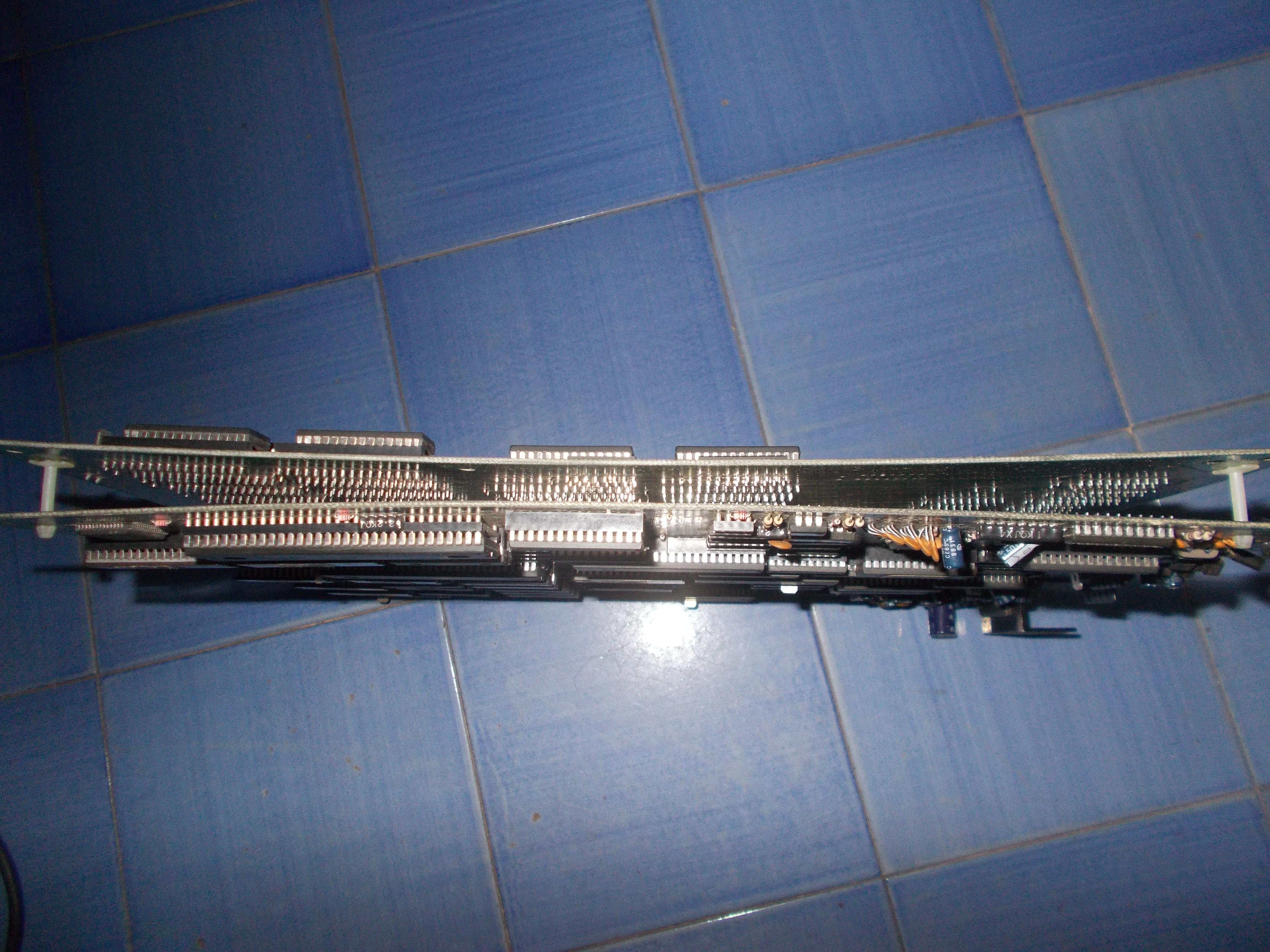
After patched the trace, the board successfully entered in game but I could not coin up.I quickly pinpointed this fault to a missing ‘CUS95’ resistor array @1K near the JAMMA edge:
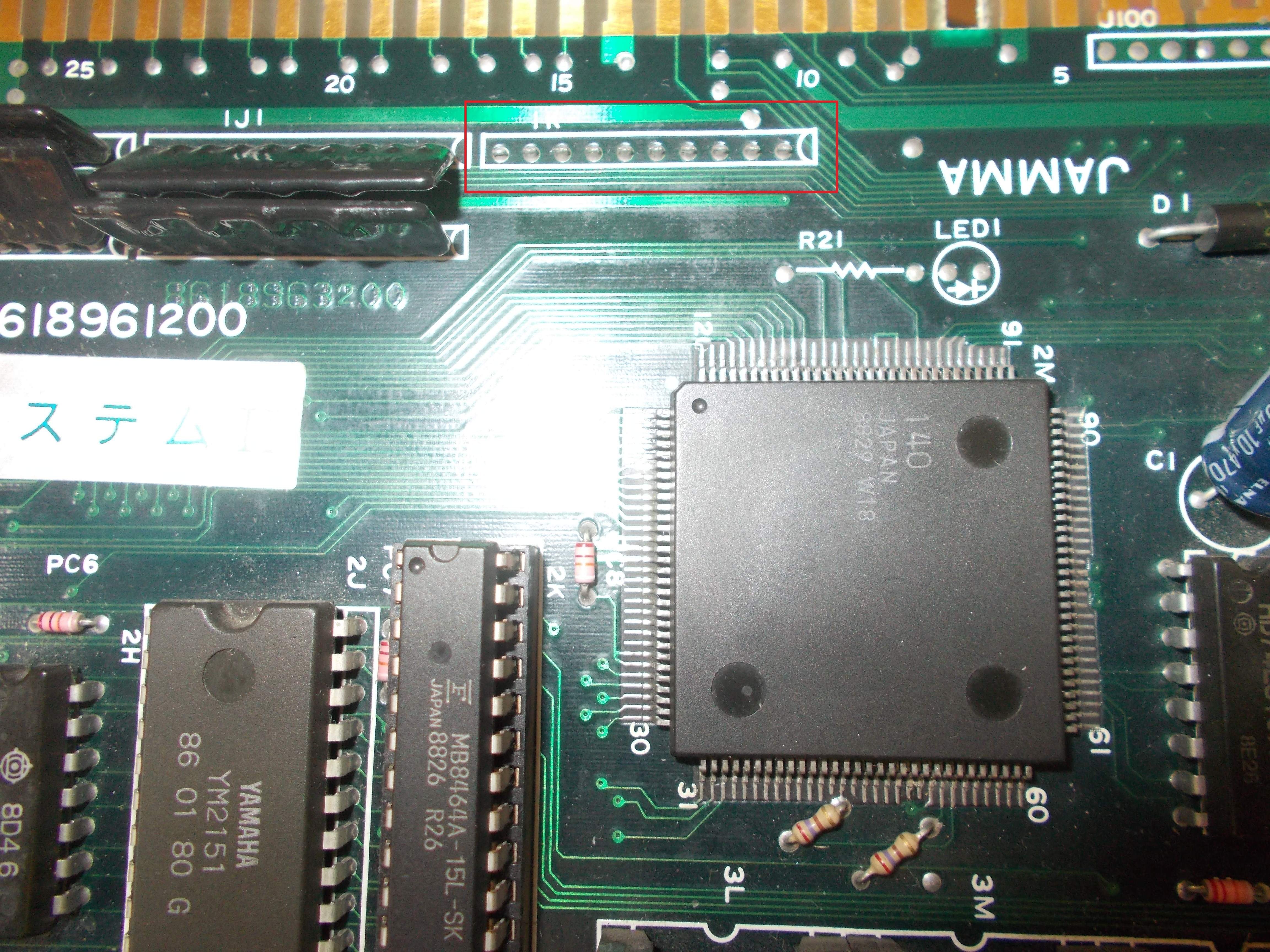
No further issues were found so board 100% fixed.

